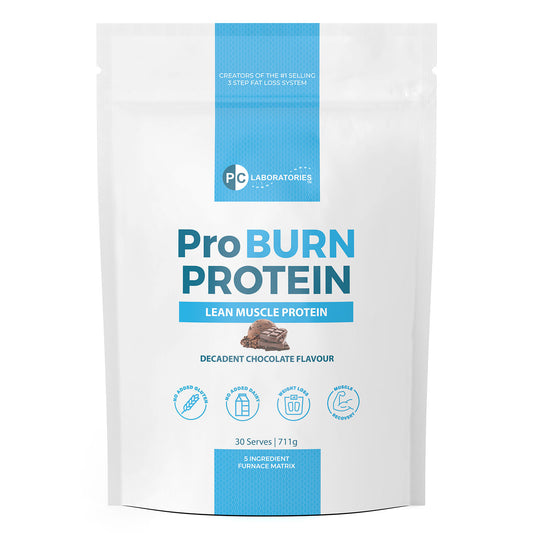You're here because you want to learn how to be healthier. You probably already know that exercise releases endorphins (also known as “feel-good hormones”) into the bloodstream. That said, did you know that specific types of exercise have different benefits for the body? Whether you’re actively trying to lose weight or just want to improve your flexibility, follow this guide to make sure you’re doing the right workout to achieve your goals.
Aerobic
Firstly, aerobic (or “endurance”) exercises increase your heart rate and breathing to give your heart and lungs an overall workout. However, in addition to improving your physical fitness level, this kind of exercise also burns body fat, lowers blood pressure, reduces inflammation, lowers blood sugar levels and even raises “good” HDL cholesterol. In the long run, aerobic activity can even reduce your risk of stroke, heart disease, type 2 diabetes, depression, breast cancer and colon cancer. Some popular variations include:- Jogging
- Dancing
- Zumba
- Cycling
- Swimming laps
- Playing tennis
And did we mention these endurance workouts are wonderful for your mental health? Health organisations recommend that you get at least 150 minutes of moderate aerobic activity (or 75 minutes of vigorous aerobic activity) a week. Struggling? Not to worry — you can use a combination of moderate and vigorous exercise or spread it out during the course of the week to maximise the health benefits.
Strength Training
Full disclosure: you lose muscle mass as you grow older. Having said that, you can build it back with strength training. Doing frequent bodyweight exercises (like squats, lunges and push-ups) as well as resistance exercises (from a weight, band or weight machine) can help you perform daily tasks with ease. (We’re talking about carrying groceries, lifting heavy objects and gardening, to name a few!) The results? Strong muscles, bone growth, lower blood sugar levels and better balance and posture. Sold.
Stretching
Unfortunately, you don’t just lose muscle mass as you age. You also lose flexibility in the muscles and tendons, which increases the risk of muscle cramps, joint pain, strains and falling. That’s why it’s important to stretch the muscles regularly in order to be healthier. This will simultaneously increase your range of motion and reduce the likelihood of injury. If you really want to reap the rewards, try to stretch every day (or at least three to four times per week). Just be sure to warm up your muscles first with some repetitive motion, like arm circles or marching in place, to prevent pulls and strains.
Balance
Lastly, it’s a good idea to use exercise to improve your balance. Why? Well, it will strengthen your core and make you feel steadier on your feet as you get older to rule out falls. It will also help to prevent the systems that maintain your balance from breaking down (such as your vision, inner ear and leg muscles and joints). Sounds worth it, right? Common balance exercises include:- Heel-to-toe walking
- Yoga
- Pilates
- Standing on one foot
- Tai chi
Oh, and even if you don’t have balance issues, note that it’s never too early to start this type of exercise!








